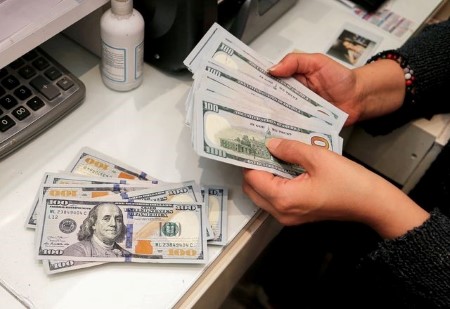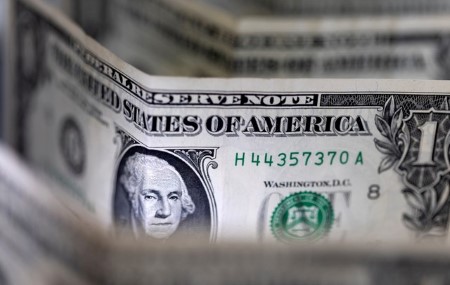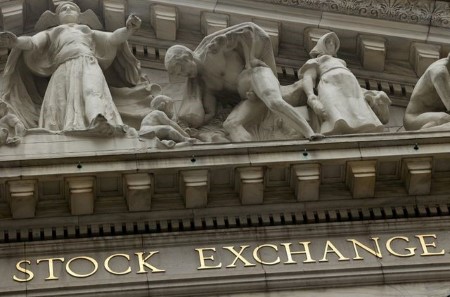WASHINGTON – Just days before Donald Trump returns to power, some of his Republican allies in the US Congress are warning that the president-elect’s aggressive tax-cut agenda could fall victim to signs of worry in the bond market.
At a closed-door meeting on Capitol Hill, Republicans in the House of Representatives aired concerns that the estimated USD 4 trillion cost over the next 10 years of extending the 2017 Trump tax cuts could undermine the US government’s ability to service its USD 36 trillion in debt, which is growing at a pace of USD 2 trillion a year.
“The buyers of our bonds are getting nervous that we’re at the point that we cannot pay it back. That affects every one of us,” Republican Representative Ralph Norman told reporters. “If we can’t sell bonds, guess what? We’re in a ditch.”
The US bond market has become ultra-focused on what the incoming Trump administration and its allies in Congress may deliver as they strive to enact a wide-ranging Trump agenda that also includes the deportation of immigrants living in the country illegally and new tariffs on imports.
Congress also faces a mid-year deadline to address the nation’s debt ceiling or risk a default, after rejecting a Trump attempt last month to get lawmakers to do so before he takes office on Monday.
Longer-dated US Treasury yields jumped to their highest levels since November 2023 this week, with the 10-year bond hitting a high of 4.79%. It traded lower to 4.66% on Wednesday afternoon.
“Congress has to reduce the deficit,” Republican Representative Andy Barr said. “The bond market is telling Congress that if we don’t get our fiscal house in order, everybody’s mortgage rates, everybody’s credit card rates, everybody’s auto loan rates, are going to continue to go up.”
Democrats warn that extending the Trump tax cuts will mainly benefit corporations and the wealthy, while further undermining the nation’s fiscal position.
Democratic Senator Chris Murphy described Trump’s repeated comments about his desire to take over Greenland, Canada and the Panama Canal as a distraction from the implications of the tax cuts.
“They’re going to try to distract the press and the public and the information ecosystem away from the thievery that is going to happen with this massive tax cut,” Murphy said.
Trump has tapped Tesla Chief Executive Elon Musk, the world’s richest person, to find ways to sharply cut federal spending. Musk set an initial goal of USD 2 trillion per year that he this month called a “long shot,” saying that USD 1 trillion may be more achievable.
Even that lower figure represents almost one-sixth of all federal spending, a goal
that will be very difficult to meet given that Trump has ruled out cutting the popular Social Security and Medicare retirement programs, that Republicans typically resist cuts to defense spending, and that interest payments alone cost the nation USD 1 trillion per year.
In recent days, House Republicans have begun circulating a list of potential spending cuts totaling as much as USD 5.7 trillion over a decade – nearly 10% of current spending levels – that includes spending on Medicaid and the Affordable Care Act.
Republicans in the House and Senate expect to use a parliamentary tool known as reconciliation to move legislation containing the Trump agenda through Congress while circumventing Democratic opposition and the Senate’s 60-vote filibuster for most bills.
Barr said such a reconciliation package would need to contain a combination of economic stimulus and spending cuts credible enough to persuade investors that Congress is addressing the US fiscal woes.
“Will this reconciliation bill actually reduce the deficit? If they think that it will, that has the very real potential of lowering Treasury yields,” Barr said.
“What we need to say to the American people is, look, this is not austerity. This is not painful cuts. This is about lowering your mortgage payment.”
(Reporting by David Morgan; Editing by Scott Malone and Lincoln Feast.)







 DOWNLOAD
DOWNLOAD













